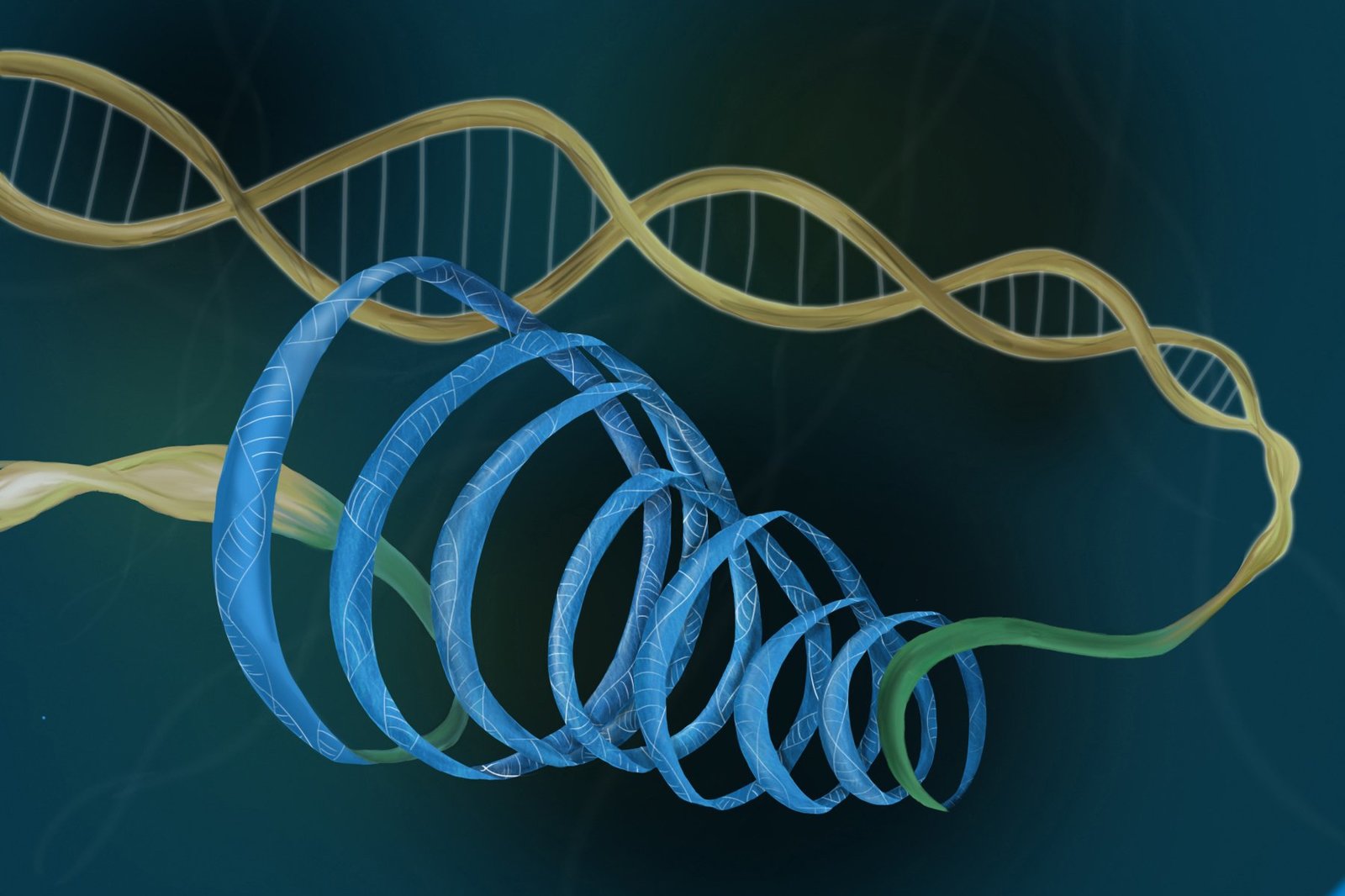
A single chromosomal DNA or deoxyribonucleic acid, of say a human cell, will stretch to a string a few centimeters in length. In a cell, this string gets twisted and wound into a compact supercoiled structure just a few microns in size: a packing factor between 103 to 105. The DNA of a bacteria such as E.coli has a packing factor of ~ 104. It follows that maintaining the topology — the winding and unwinding — of the DNA during replication, protein synthesis and other phases of cell cycle is of paramount importance to an organism. How supercoiling changes across a chromosome during different phases of the cell cycle is what recent research from the National Centre for Biological Sciences (NCBS), Bangalore and the National Institutes of Health, USA focuses on.
The study, published in Nature Communications, uses a technique where, upon UV irradiation, portions of unwound DNA can bind, or crosslink, to an aromatic compound called psoralen. Aswin Seshasayee, who leads the research group in India explained, “At times, supercoiling in DNA manifests itself with the two strands unwinding locally. The more the DNA is unwound, the more likely that psoaralen attaches itself to it. This can be used to measure the extent of supercoiling that is reflected by DNA unwinding.” The crosslinked DNA can be separated from the non-crosslinked fraction to obtain degrees of enrichment of unwound DNA. The degree of unwinding in a given DNA sample can then be probed for nucleotide position along the chromosome.
Two phases in a bacterial cell cycle, the log phase of exponential growth — a period characterised by cell doubling — and the stationary phase of non-growth were chosen for DNA crosslinking. These phases also reflect the changing forms, or dynamics of supercoiling of the chromosomal DNA. The researchers observed a gradient of unwinding during the stationary phase, which was centred at the terminal regions of bacterial chromosome and decreased in either direction along the length of the chromosome. The terminal represents the region of the chromosome where DNA replication ends.
During the exponential phase, however, the researchers were surprised to find that the degree of supercoiling evened out more. In this phase, the regions of DNA where replication begins, called the ‘origin of replication’, showed only a slightly higher degree of unwinding compared to the rest of the chromosome. While direct data explaining the variation of local supercoiling across DNA during phases of cell cycle transition is not available, the leading hypothesis suggests a decrease in the gradient of supercoiling from the origin of replication to the terminus in fast growing cells, thus affecting gene expression. As Aswin said, “the more direct psoralen-based measure of supercoiling shows that this hypothesis is not correct”.
The team then investigated the factors that might affect the changing patterns of supercoiling during these phases. Specifically, the researchers correlated the binding of a DNA binding protein to the average change in supercoiling degree during the two cell phases. Small correlations were also observed with the gene expression measurements suggesting the possible role of DNA gyrase and RNA producing machinery with supercoiling patterns in the chromosomes. Finally, the researchers sought to examine the role of other proteins in constraining levels of supercoiling in the cell. They studied the nucleoid-associated proteins (NAP) known to bind to DNA, control its structural conformation as well as levels of gene expression. Following binding patterns of HU, a type of NAP, with respect to the DNA supercoils in stationary phase, the authors proposed a mechanism of unwinding patterns during different phases of bacterial cell cycle.
This is an important study and the first of its kind to show genome-wide supercoiling patterns in bacterial DNA. The research demonstrates that during cell cycle transition from exponential to stationary phase, a shift of a relatively evened out to a gradient of supercoiling occurs in the DNA. This helps elucidate how supercoiling affects gene expression as cells divide, grow and stabilise. “It also helps us understand how evolution has selected for a certain gene order along the chromosome to presumably contribute to an effective relationship between chromosome structure and gene expression,” said Aswin. From here on, the authors hope to further understand the supercoiling map at higher resolutions under different conditions and in different species.